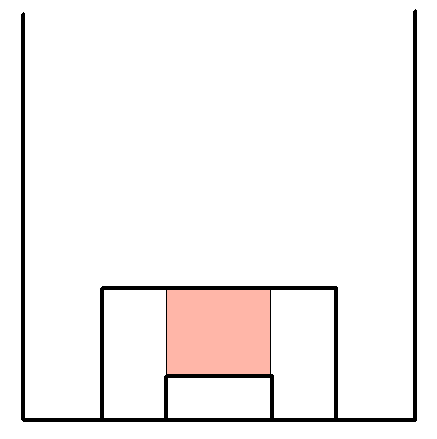Swansea City have had three managers this season, and yet they’re still hovering around the relegation places (although, if they weren’t hovering down there then they likely wouldn’t have had three managers, of course). The reign of Paul Clement – following the failures of Francesco Guidolin and Bob Bradley – looked like it was starting well, with early wins against Liverpool, Southampton, and Leicester, but since then they’ve picked up just 1 point in the past 6 games.
The tenures of both Guidolin and Bradley conceded shots on target at a rate of 5.1-5.2 a game. Clement has finally got this rate down, a little, with Swansea’s number under him at 4.5 conceded per game (NB: for data availability reasons, the stats for Clement’s reign don’t include the most recent match against Watford).
Overall shots are down too, as they had been from Guidolin to Bradley, but that doesn’t necessarily signify much – it’s the quality of the chances, likely signified by the number which find their way on target, which is important. However, it appears that similar end product problems remain under Clement as were there for Guidolin and Bradley.
The very middle of the box – the central Danger Zone strip, excluding the six-yard box itself – is where the bulk of meaningful shots are taken from. Six-yard box shots are rare, though valuable, and shots from the wider areas of the box and outside it are more or less the opposite.
The central Danger Zone strip
A pattern is evident when one looks at Swansea’s chances in this area, and the proportion of these chances which are taken with few players between the shot and the frame of the goal. The percentage of Swansea’s chances which have been taken in this area with a clear path* have stayed pretty level under all three managers – 30% under Guidolin, 33% under Bradley, and 26% under Clement.
On the other side of the ball, their consistent defensive issues are evident as well. 50% of chances conceded in this area under Guidolin had a ‘clear path’, 52% under Bradley, and 60% under Clement. These percentages look bad for Clement. On the defensive side it should be noted that he’s reduced the number of chances taken in this zone versus the two previous managers.
It should also be noted – because the narrative of Clement’s reign being relatively successful jars against the idea of his attack being the worst of the bunch here – that his side have scored 7 of the 9 shots on target in this area, an absurdly high percentage. Guidolin’s Swansea scored just 2 of 12, and he and Clement are probably at opposite ends of the spectrum for conversion luck helping or hindering a manager.
While Clement has reduced shots across the board, he’s also reduced the immensely valuable ones taken from within the six-yard box – something which was a large contributor to Bob Bradley’s downfall. Bradley’s side gave up 1.27 of these chances a game, and conceded 9 of these 14.
Under Clement, this is just 0.67 per game, and if this doesn’t seem impressive then Guidolin’s numbers should be brought into the discussion. Guidolin’s side conceded these chances at almost the same rate as Bradley (1.29 per game), but somehow contrived to only concede 1 from 9. That’s genuinely absurd.
That’s a conversion rate of 11.11%; the average for all-shot conversion is generally around 10%. That Guidolin’s Swansea conceded from inside the six-yard box at this rate may have put off his sacking by a few weeks.
Paul Clement’s games are less end to end, and feature fewer shots, than either of his predecessors this season. But it’s clear that there are still underlying issues with Swansea’s end product – and the end product that their opponents are getting – that have remained no matter what style of football is being played.
*’Clear path’ constitutes one or fewer players in the path to goal, as coded by Stratagem, for headed shots and two or fewer for shots with the feet. These are relatively high value chances (around or over 25% conversion rate over the course of this Premier League season), after which a drop-off occurs where similar rates exist for an obstacle of 3-5 players.
This article was written with the aid of StrataData, which is a property of Stratagem Technologies. StrataData powers the StrataBet Sports Trading Platform, in addition to StrataBet Premium Recommendations.
Eastbridge Soccer Betting Broker, bespoke sports betting for the discerning client.